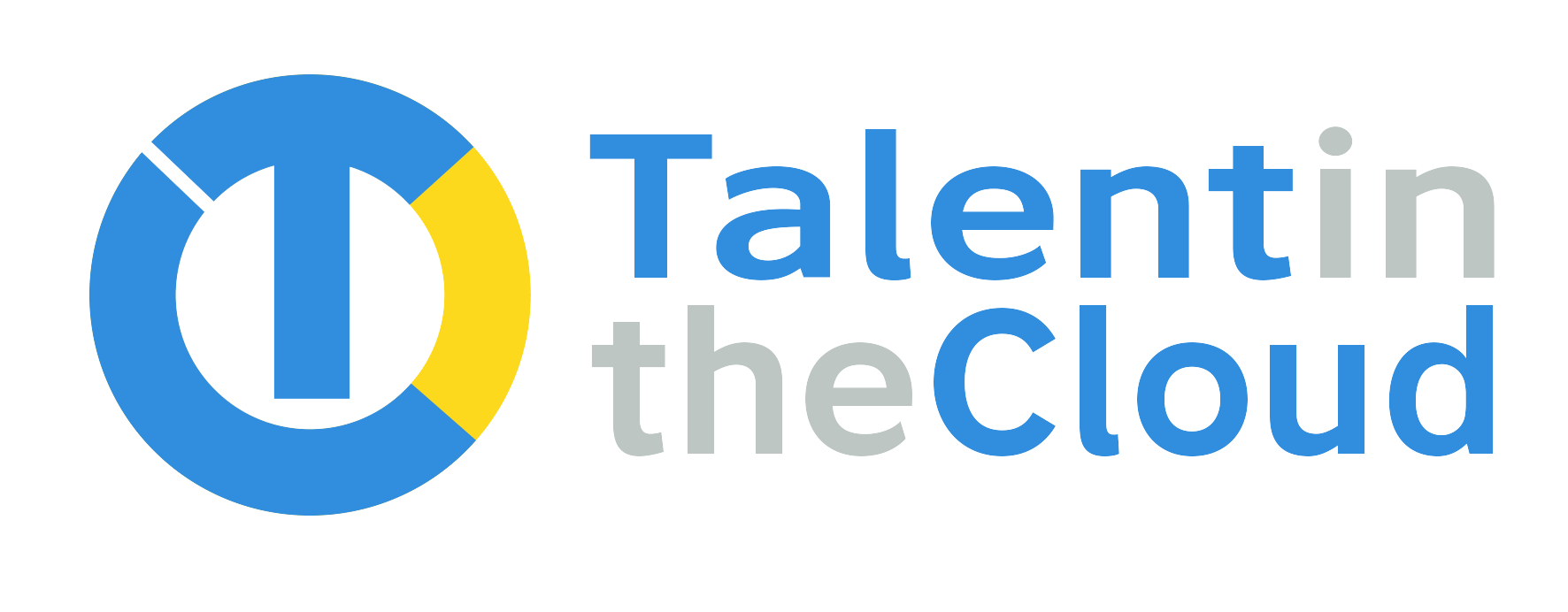The recruitment process is constantly under pressure to be updated - the internet has opened up a global and rapidly changing recruitment market.
Employers now have a global workforce out there from which they can truly choose the best. One could argue that posting jobs has become a much simpler operation. However, what is clearly a challenge, is navigating the myriad of agencies and job portals out there - choosing where to post has become more complex. Even more of a problem, is having to compete with others (globally) who are recruiting for similar candidates.
Job seekers are able to look for jobs, not only in their immediate area, but anywhere their skills have value. The application process is also simpler, sometimes just one-click gets their application out to you.
This has resulted in a dramatic increase in numbers of applicants, often in the 100s (even 1000s). As such, recruitment processes are being strained to breaking point.
There is nothing worse for an HR/Recruiting manager to hear than:
"we keep getting the wrong candidates,"
or from management, "our recruitment process is failing us." - read our blog on 4 Steps to overcome conflicts with hiring managers
With all that in mind, our 7 tips (with links for more information), from our experience will help you:
- overcome some of your recruitment challenges,
- fix parts of your recruitment process,
- stay ahead of your competition,
- and satisfy your stakeholders,
.........by attracting, selecting and nurturing the best for your business.
1. Writing a great job advert
This is the first stage in the process and some would argue the most important. Getting this wrong can will result in you not attracting the best candidates.
So let's start with the length; how long should job advert be? While the length is debatable, what is not is making it as concise as possible. What you put in here, is a direct reflection of the company and the hiring manager. I've seen job adverts and objectives as long as 5,000 characters, this shows lack of thought by the hiring manager and attention by the recruiter. Can someone really be expected to read through hundreds and hundreds of words? Would you?
I know this is obvious, but I've seen this happening many times; poor use of language, spelling and grammar is disastrous and a definite No-No!
Is the content clear and easy to read? Nowadays, people have short attention span and Millennials......they have the attention span of a gnat. It's not a negative comment, it's just the way things are and it's not for them to adapt. If you want the best, you need to adapt to your audience.
So, we've sorted the basic ingredients, here's some extra comments to set you apart from the rest:
- does it capture the audience?
- does it sell the role?
- is it pitched for the audience?
Don't forget, is it legal – does it comply with the various laws (particularly related to anti-discrimination) in the location for which you are recruiting? If you’re using pictures, have you checked the copyright agreements?
Now for the cream-on-the-cake, I suggest checking out Glassdoor's article here
2. Careers Page
People spend a third of their working life at work. That means the choice of workplace, colleagues, culture of the company are all going to be extremely important. When potential applicants check out your careers page, it needs to represent the company in the best light.
LV= transformed its recruitment and won an HR Excellence Award. Its website restructuring playing an important part of the process (as was Social Media, see Tip 5. below).
From a 'tech' perspective the site/portal needs to be well formatted, easy on the eye and user-friendly for all devices. Don't forget that a high proportion of applicants will use their mobile to check you out and even apply.
This page needs to reflect the company's values and culture, the type of people you have and want to attract - both their ethnic and their skills diversity.
What many overlook is that when people enjoy their work, it's mostly because of management and colleagues. So, give them a say on your page. Even better, use a video to show what a great culture you've got.
Here's your opportunity to market your company, build its brand, highlight its values and its culture, to a captive and interested audience. Engage your marketing team. They would love an opportunity to have 100s of enthusiastic people in the space of a few days, gobbling up content about your company.
You have a great opportunity - so shout it out loudly!!!!
3. It's Not Just About Money And Perks
The salary, bonus and other physical perks might initially attract someone to a company. Of course the pinball machines, arcade games, food/drinks and other goodies offer value, but many are doing this.
However, what really captures their interest is the high intrinsic value soft benefits that make their workday interesting and less stressful; flexible working, supportive culture, childcare, developmental opportunities, etc. Just one example that sets a few apart from the rest, is a growing trend to help financially stressed employees with student loan support - now wouldn't that differentiate you from the others, giving a powerful message to the market?
Monster has a useful blog with a report on this very topic
4. Eliminating Selection Bias
We all know there is bias in the recruitment process and this is a real challenge for many recruiters. Eliminating bias from the recruitment process will make that short-listing decision fair on the applicants. Better still, it will help you identify the best candidates.
First there is Unconscious Bias - an important human trait built into us all. This is ingrained in our psychological make-up, as we develop and grow. The great thing about this trait, is that it helps us make fast automatic decisions to make our daily life easier and less stressful. The bad thing is that, these decisions can so often be ill-conceived.
Then there is conscious bias. You start with a list of criteria, which you can use to dramatically slice away at that large list of applicants. Perhaps you:
- have a preferred set of universities from which to hire,
- de-select from areas of a city that are troubled,
- the person was in care as a child,
- wrong age group, etc..
Additionally, many recruiters, even today, use keyword searching in CVs to highlight a 'target list of words' for a job. Applicants can easily 'stuffs' those words into the CV, meaning their CVs go to the top of the pile. So this is all then about the CV, NOT the candidate - is that the intention?
Bias has helped eliminate >90% of the applicants, without even looking at people, skills, or experiences. Does that really make sense?
Here's a few recommendations to overcome these issues:
- Use a hiring scorecard. Yes traditional and old-school, but it is simple to use and even these days, still quite effective; albeit cumbersome.
- Keep up to date with the recruitment tools. There are excellent tools out there (e.g. online assessments) that will accurately separate the 'wheat from the chaff.'
- There are Managed Services Recruitment providers who can help, but exercise caution that their process and people don't bring in that bias you are trying to avoid.
5. Social Media
Underestimate the power of Social Media at your peril!
Before the global uptake of Social Media, recruiters advertised vacancies to active jobseekers via newspapers, job boards, or to semi-active candidates already on their database. Today, recruiters can reach more or less the entire candidate market of passive and active candidates - often with powerful social endorsement.
Tony Restell from social-hire.com an industry expert in Social Media led recruiting, comments that social media has become a critical part of recruitment efforts globally. It has a direct impact on two key elements of recruitment success:
- How many candidates become aware of your openings and your brand
- How you create and maintain candidate interest during the hiring process
So, it's not just in the area of candidate reach that social media has a big impact. Equally important is the role social media plays in determining whether your ideal candidates convert into hires.
When you first approach a candidate with an opportunity, or they first see it posted online, some will be interested in finding out more. There are important questions you need to know of how many:
- Ideal candidates does your company lose because they then don't apply?
- Are lost to competitors during the hiring process itself?
- Turn down the job offer you make
- Don't stay with the company for long once they've been hired?
Ensure all your social media channels are delivering the same positive, interesting and accurate content and message. When interacting with candidates on Social Media make sure you respond to questions in a timely fashion, typically within 12 hours.
Key Tip – get Social Media working for you.
6. Engage Your (Rejected) Candidates
Almost every organisation I know, don't do anything with those who have shown an interest working in their company. This is 1000s (if not 10,000s) of people, all who have registered an interest! As I have mentioned before, this is a marketer's goldmine. Our own Head of Marketing (Ian), has often stated that he would 'kill' for a database of candidates just like that. He drools at the thought of nurturing and segmenting such great data for marketing purposes.
Just think about this. The normal process is for organisations to ignore the candidates who don't make the shortlist. This behavior is has become expected, because most organisations do this. It make no business sense and is actually; just not right.
Now turn this around. If you promptly advised applicants that they have not been shortlisted, that would show your company actually values their interest? Guess what, it costs nothing to do so and you gain a tremendous amount of kudos.
Now, if you can give them added feedback, it actually shows you are interested in them. Again, this feedback is simple, costs little and the value you gain is tremendous. The candidates are more likely to be supportive your organisation in the future and you have a ready pool of people to share your market value. Even better, they'll spread the word.
Engage your marketing department, build out your followers.
So, just a simple, low-cost feedback campaign can offer so much in return.
and finally........
7. On-Boarding
On-Boarding is a term used for new hires at a company and relates to how they are introduced to the company, its objectives and culture. It incorporates what many call socialization, orientation and new hire training, among other initiatives.
For many external recruiters, this is not a part of their remit. However, for internal HR Managers and Recruiters, this is seen as an important part of their function. Important, all that effort in identifying the final candidate can go to waste, if this part of the process is not effectively fulfilled - at best the new-hire will take a long time to become effective, at worst he/she will leave!
There are many posts and pages on website which talk to best practices for this part of the process and too many to talk about here. However, the one recommendation, or tip that I can leave with you is this, make sure that On-Boarding is seamlessly integrated into your recruitment process.
This is of particular relevance to SMEs, who have limited (if any) HR and Recruitment personnel, requiring extensive use of agency resources and who have untrained HR personnel. A good agency will have no issue in supporting (and guiding) you with this part of the process. It shows that it understands their client and is focused on their needs, They will see it as being in their interest to make sure that the new hire is fully on-boarded and effectively functioning. This is especially important for any agencies who have agreed to part-payment after the new hire is still on board after, say six months.
Here's to Great Hiring!







